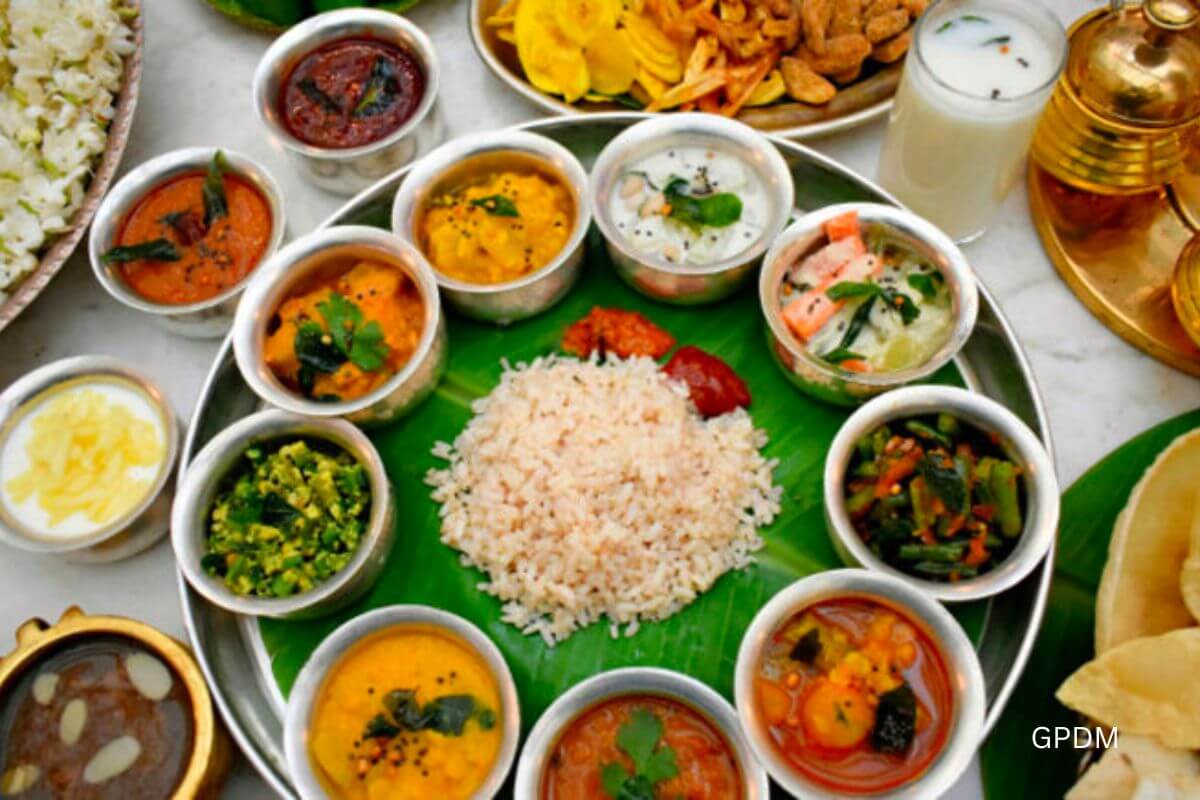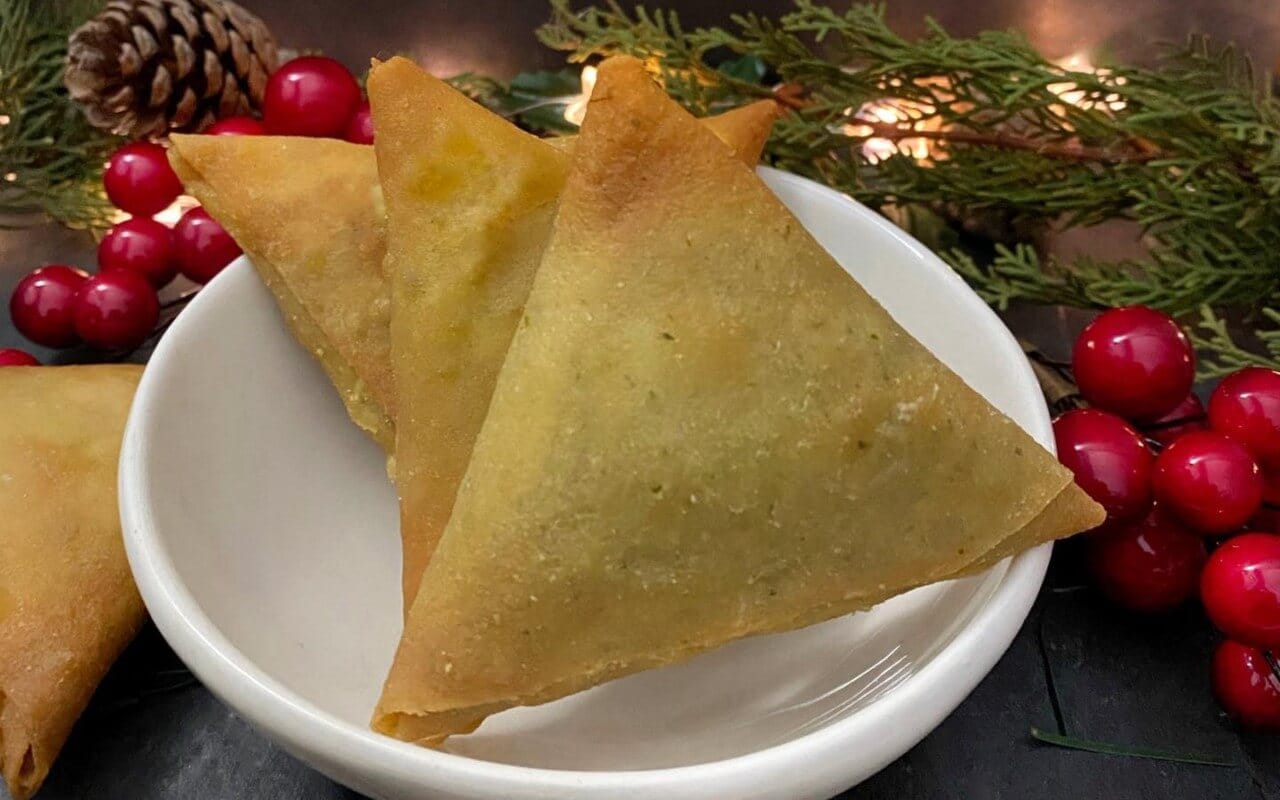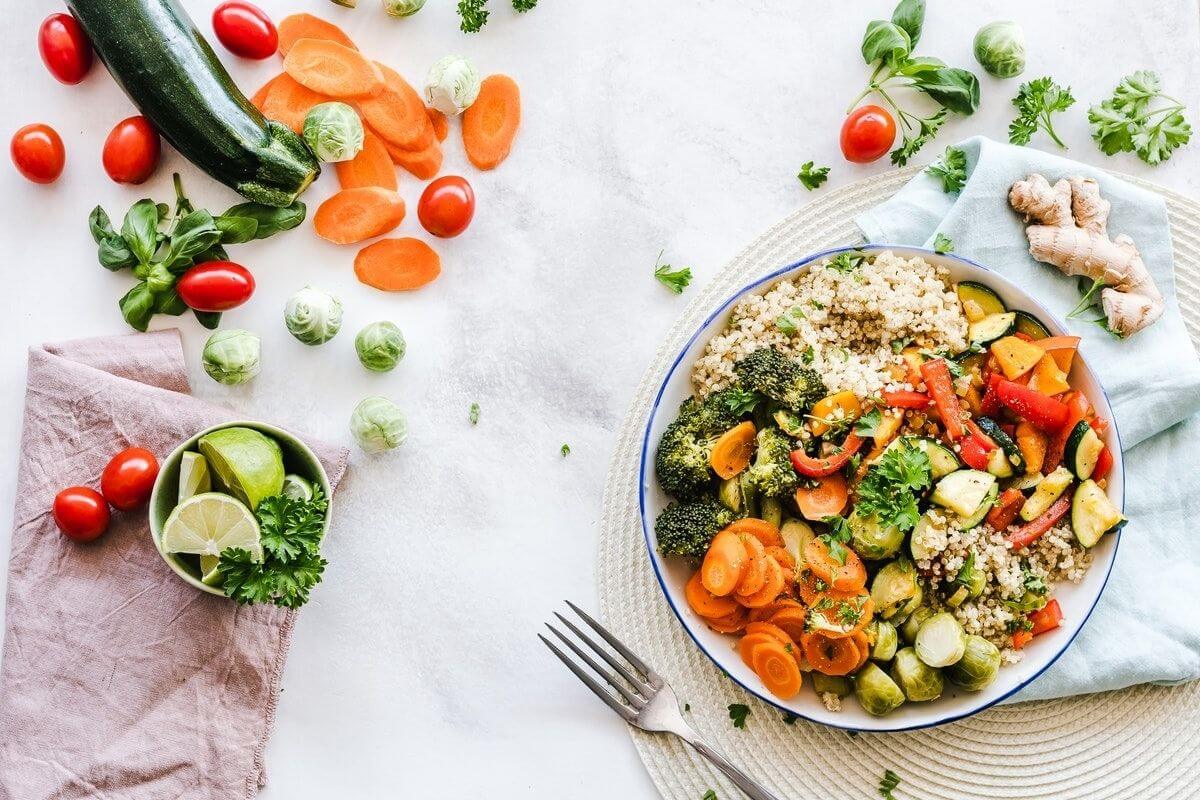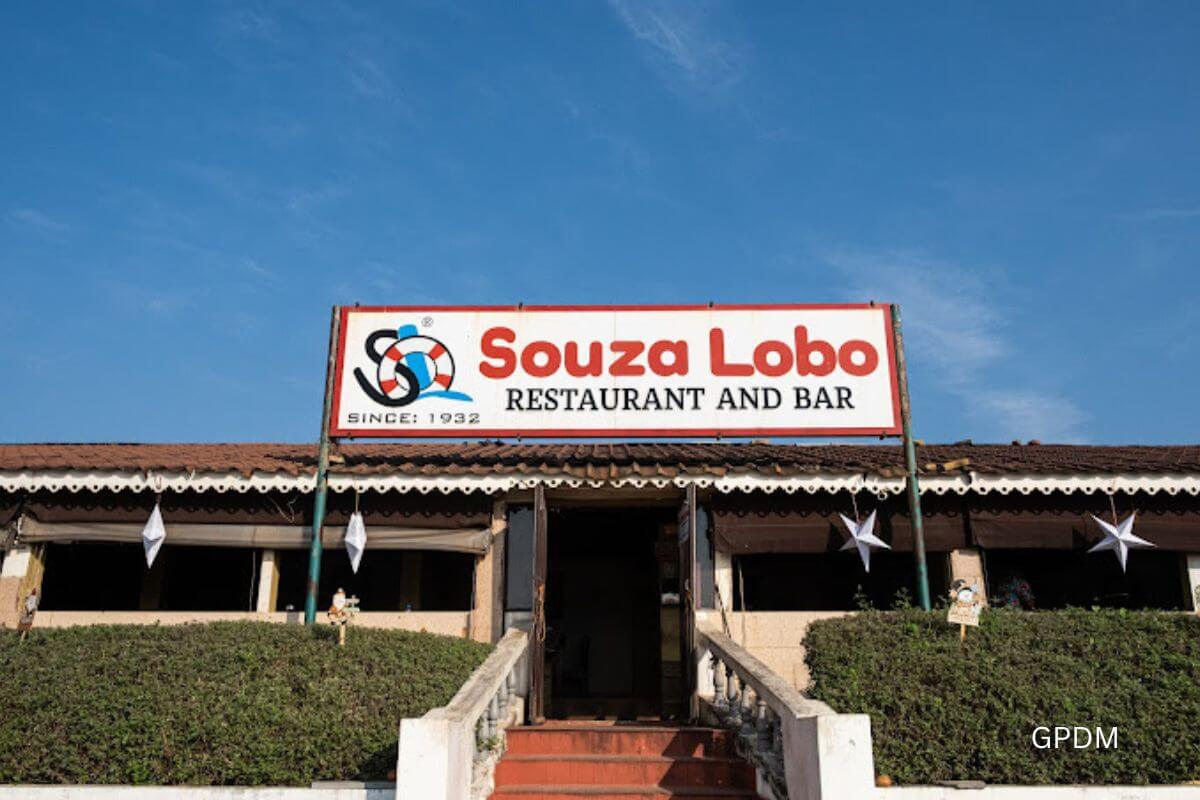From the Highlands to the Heart
A treasure of flavors wrapped in the threads of time, momos journeyed from the highlands of Tibet to the vast stretches of India. Their irresistible aroma beckons, and each bite unfolds stories that warm the soul. Whether steamed or fried to golden perfection, momos bring comfort and joy, uniting people with every mouthful. From bustling street stalls to peaceful homes, they are cherished worldwide. Here’s to the momo—a creation adored in every place.
A Hug in Every Bite
Have you ever tasted something so warm, so comforting, that it feels like a hug for your soul?
That’s the magic of momos—where tradition and comfort meet in every bite. If you haven’t yet, it’s time to experience the joy. These tender, steamy dumplings—filled with everything from vibrant veggies to savory meats—have captured hearts across Asia. Once you try them, you’ll understand why.
Roots in the Himalayas
Momos trace their origins to the lofty Himalayas, born in Tibet centuries ago. Inspired by Chinese dumplings, Tibetan cooks wrapped fillings in delicate dough and steamed them to perfection. The name momo, meaning “steamed bread,” carries the essence of tradition and warmth. Over time, these dumplings made their way from Tibet to Nepal and India, spreading their flavors and comfort.
Evolving Through Time and Taste
Originally, momos were filled with minced lamb or yak, infused with herbs and spices, then wrapped in dough and steamed. The cool Himalayan climate and limited ingredients made steaming the ideal method, keeping the dumplings soft and moist.
As time passed, regional variations emerged—with fillings like fresh vegetables, paneer, and cheese—catering to every palate and making momos more inclusive and diverse.
So Many Momos, So Little Time
Steaming remains a classic way to keep momos soft and juicy, but modern twists have expanded the momo universe:
Steamed Momos: Soft and tender, filled with savory meat or vegetables, and served with spicy chutney.
Fried Momos: Crisp on the outside, juicy on the inside—a perfect contrast of textures.
Tandoori Momos: Smoked in a tandoor oven and infused with rich, spicy marinade.
Chili Momos: Tossed in a fiery chili sauce, delivering bold, punchy flavor.
So, which momo will you try today—the tender, the crispy, or the spicy?
More Than a Meal: A Cultural Symbol
Momos also hold deep cultural significance. In Tibet, they are made during festivals like Losar, strengthening bonds and honoring heritage. In Nepal, they are offered during religious ceremonies as gestures of respect and tradition. In India’s northeastern regions, momos are a festive staple, enjoyed during community gatherings and celebrations.
With every bite, momos carry the essence of tradition, community, and connection.
A Celebration in Every Basket
As you savor momos, it’s not just the flavors that leave a mark—it’s the shared moments and memories they create. From their humble beginnings in the Himalayas to becoming a global favorite, momos prove that food unites and tells stories.
Next time you’re faced with a steaming basket, remember—it’s more than just a meal; it’s a celebration of heritage.
Embrace the joy of momos, and let them bring you closer to tradition. Which momo will you try today?









